How "A Canticle for Leibowitz" Reflects the Cycle of History
A haunting review of "A Canticle for Leibowitz," a Cold War-era novel that explores memory, faith, and the fragile cycle of civilization through the quiet persistence of a desert monastery.
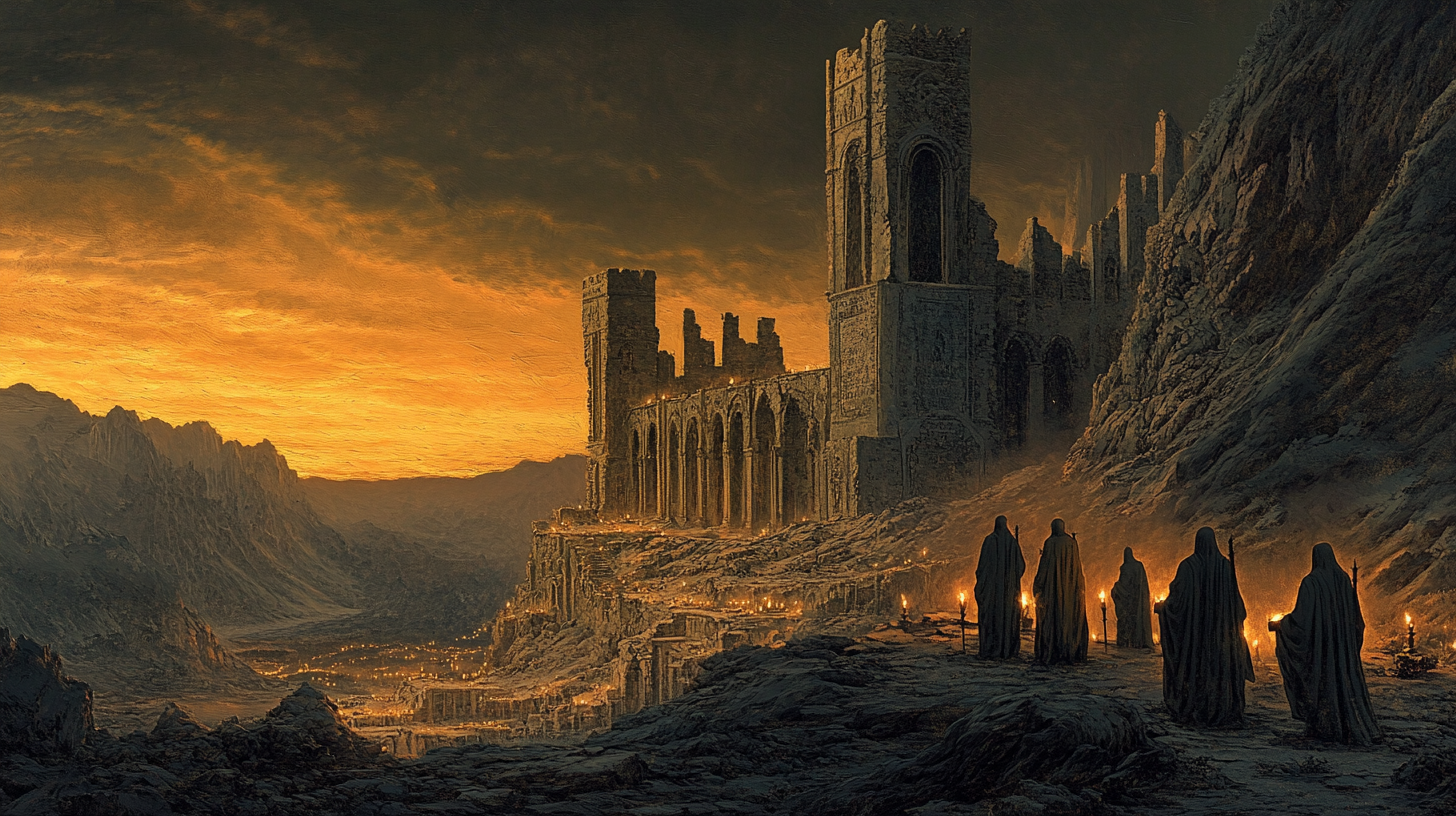
A Monastery at the Edge of Time
When "A Canticle for Leibowitz" was published in 1960, the Cold War was at its peak. Nuclear fire seemed not only possible but probable. Walter M. Miller Jr. responded to this moment with a novel of rare focus and conviction.
Miller had flown bombing missions during World War II, including the attack on the ancient monastery at Monte Cassino. That experience shaped his view of war, memory, and civilization. In "A Canticle for Leibowitz," he poured those reflections into a future haunted by its past.
The book avoids the usual trappings of science fiction. There are no laser battles or alien empires. Instead, we find a desert monastery, patient monks, and the slow rebuilding of lost knowledge.
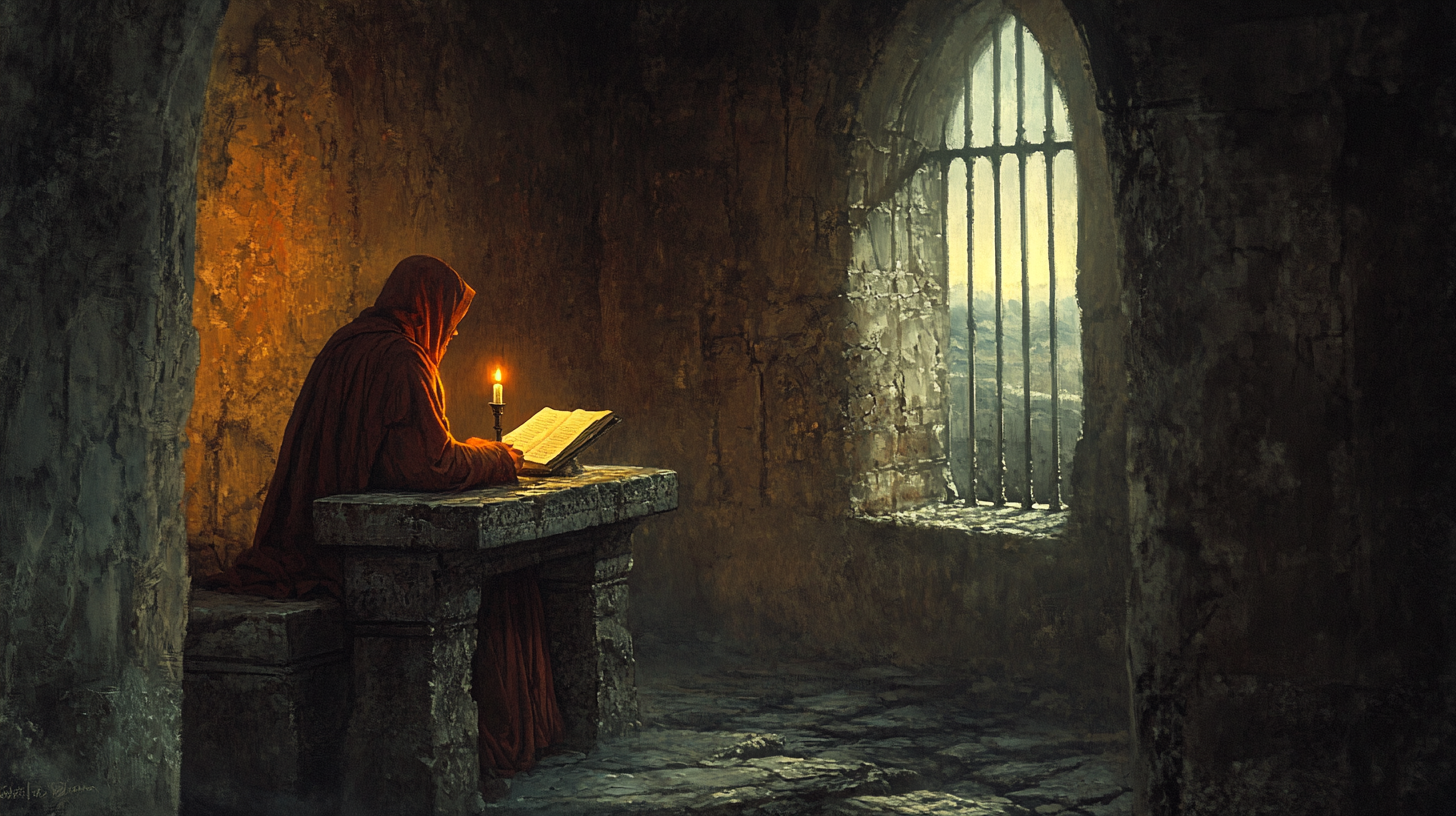
Miller did not imagine progress as a straight line. He saw history as a wheel. The story explores how men forget, repeat, and sometimes remember the hard lessons of their forebears.
From the start, the novel was received with quiet admiration. Over the decades, that admiration deepened into respect. Today, "A Canticle for Leibowitz" is widely regarded as one of the most serious and enduring works of the genre.
The novel does not entertain in the usual sense. It asks difficult questions and offers few easy answers. Its tone is grave, its purpose clear.
Though Miller never published another novel, he never needed to. This one book secured his place in the science fiction tradition. It remains a powerful meditation on faith, knowledge, and the fragile continuity of culture.
"A Canticle for Leibowitz" does more than tell a story. It holds up a mirror to the modern world. What we see in its pages depends on what we are willing to remember.
Triptych Structure and Temporal Echoes
"A Canticle for Leibowitz" is divided into three parts. Each section is set hundreds of years apart. This structure allows the book to trace the arc of human history through renewal, discovery, and decline.
The first part begins in a world still recovering from nuclear war. Civilization has fallen, and knowledge is feared. In the ruins, a monastic order quietly gathers scraps of wisdom.
The second part takes place during a kind of renaissance. The world begins to rediscover science. Once again, progress is treated as a virtue rather than a threat.
The third part looks ahead to an advanced age. Humanity has rebuilt much of what it lost. But the same old dangers remain just beneath the surface.
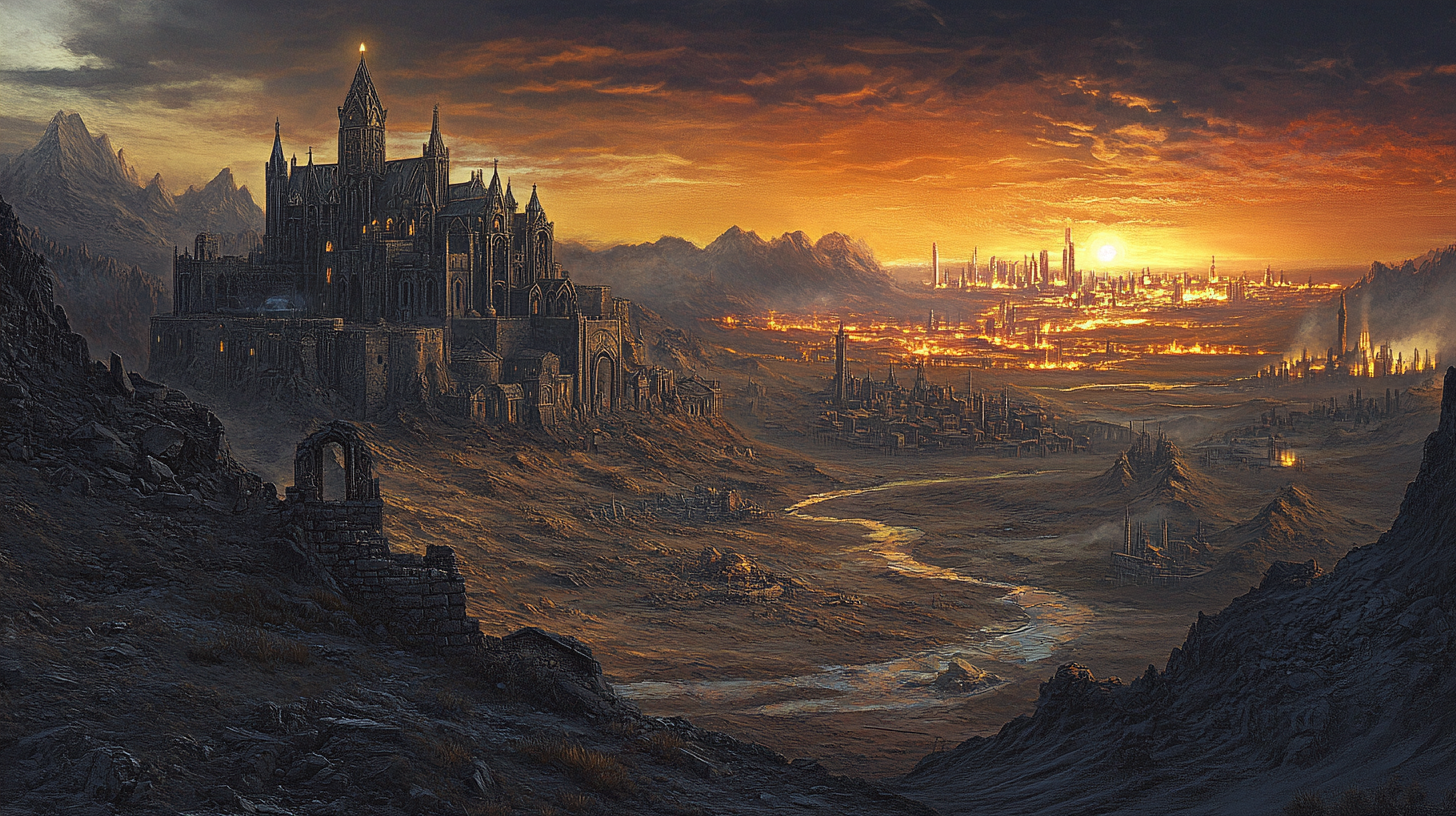
By spreading the story across such a vast timeline, Miller shows how little may change in the soul of man. Technology may advance, but character must catch up. Without wisdom, even progress becomes a risk.
Each section stands alone, yet they speak to each other. Ideas echo forward and backward across centuries. The result is a layered narrative that invites reflection rather than simple resolution.
The setting ties these eras together. The desert monastery endures while empires rise and fall. It serves as a symbol of memory, persistence, and belief.
Miller does not deliver a neat moral lesson. He offers a pattern instead. It is a pattern of striving, forgetting, and repeating.
This approach gives the novel weight and authority. It also gives the reader space to consider his own moment in history. Are we in the middle of a rise or the edge of another fall?
By shaping the novel as a triptych, Miller built more than a story. He built a cycle. And within that cycle, he found a kind of truth.
Faith as Preservation
At the center of "A Canticle for Leibowitz" is the monastery itself. It is more than a setting. It is the engine of the book's quiet resistance to forgetfulness.
The monks do not understand all that they protect. They preserve shopping lists, circuit diagrams, and fragments of scientific texts. To them, these are relics, worthy of reverence.
Their mission is not driven by ambition. It is guided by obedience and duty. In a world that once burned knowledge, they vow to keep it safe.
This reversal is one of Miller's boldest moves. Science becomes sacred. Faith becomes the guardian of reason.
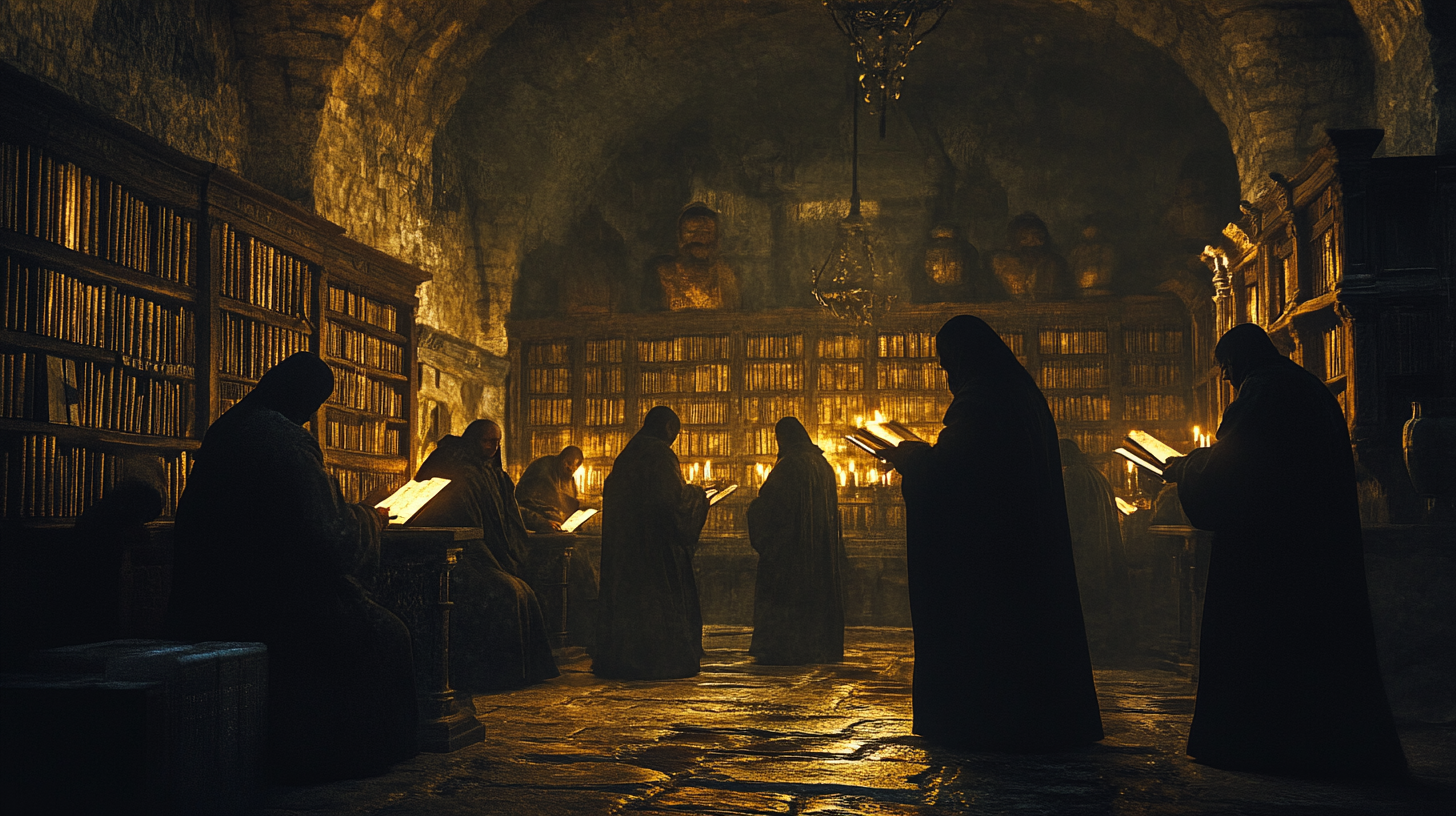
The monks copy texts they cannot read. They guard blueprints as if they were scripture. In doing so, they keep a door open for future generations. Miller never mocks the monks. Their rituals are treated with dignity. Their errors are human, not foolish.
Faith in the novel is not sentimental. It is careful, disciplined, and enduring. It stands in contrast to the chaos outside the monastery walls.
The Church is not portrayed as perfect. But it is one of the few forces that survives the collapse. It offers a kind of continuity that outlasts politics and war.
The monks do not rebuild the world. They wait for the world to come looking. That patience becomes an act of defiance.
In the end, their role is not to lead but to remember. They become keepers of a fire they did not light. And they know that fire can burn again. Miller suggests that faith, at its best, is not a rival to reason. It is its steward. It keeps the candle lit when the wind rises.
Knowledge and Power
"A Canticle for Leibowitz" is not anti-science. It is a warning about the careless use of knowledge. Miller does not fear technology—he fears pride.
As the novel moves forward in time, we see old knowledge come back into use. Scientists rediscover principles once forgotten. Machines are built again, cities rise, and confidence returns.
But history in this world is not linear. It repeats. Miller shows how each age forgets the price of its last mistake.

Progress is treated with both hope and suspicion. It brings light, but also the memory of fire. This duality gives the book its tension.
The monks serve knowledge, but they do not control it. Once science leaves the monastery, it enters a world of politics, ambition, and fear. Good intentions are not enough to prevent bad outcomes.
Miller asks whether humanity can wield power wisely. He does not answer the question. Instead, he shows the consequences of failing to ask it at all.
There is no villain in this story. There is only human nature, repeating itself across generations. That is the most chilling part of the novel.
The danger is not knowledge itself. It is the belief that knowledge alone can save us. Without humility, even wisdom becomes a weapon.
Miller's view is clear. Knowledge must be tempered by conscience. Without that balance, civilization is always one step from ruin.
This idea places "A Canticle for Leibowitz" in a different category from most science fiction. It is not about discovery, but about memory. It is not about new worlds, but about the old one we keep breaking.
In the end, power without reflection leads to the same end, every time. The book's warning is not loud. It is quiet and serious. That makes it harder to ignore.
Memory in the Machine Age
More than sixty years after its publication, "A Canticle for Leibowitz" remains disturbingly relevant. The world still lives under the threat of sudden war. The tools of progress continue to outpace the wisdom to use them well.
Miller's novel offers no illusions. It does not believe that better machines will make better men. It suggests that forgetting is easier than learning, and that learning without character is dangerous.
The book's strength lies in its restraint. It does not lecture the reader. It simply tells a story that echoes with consequences.
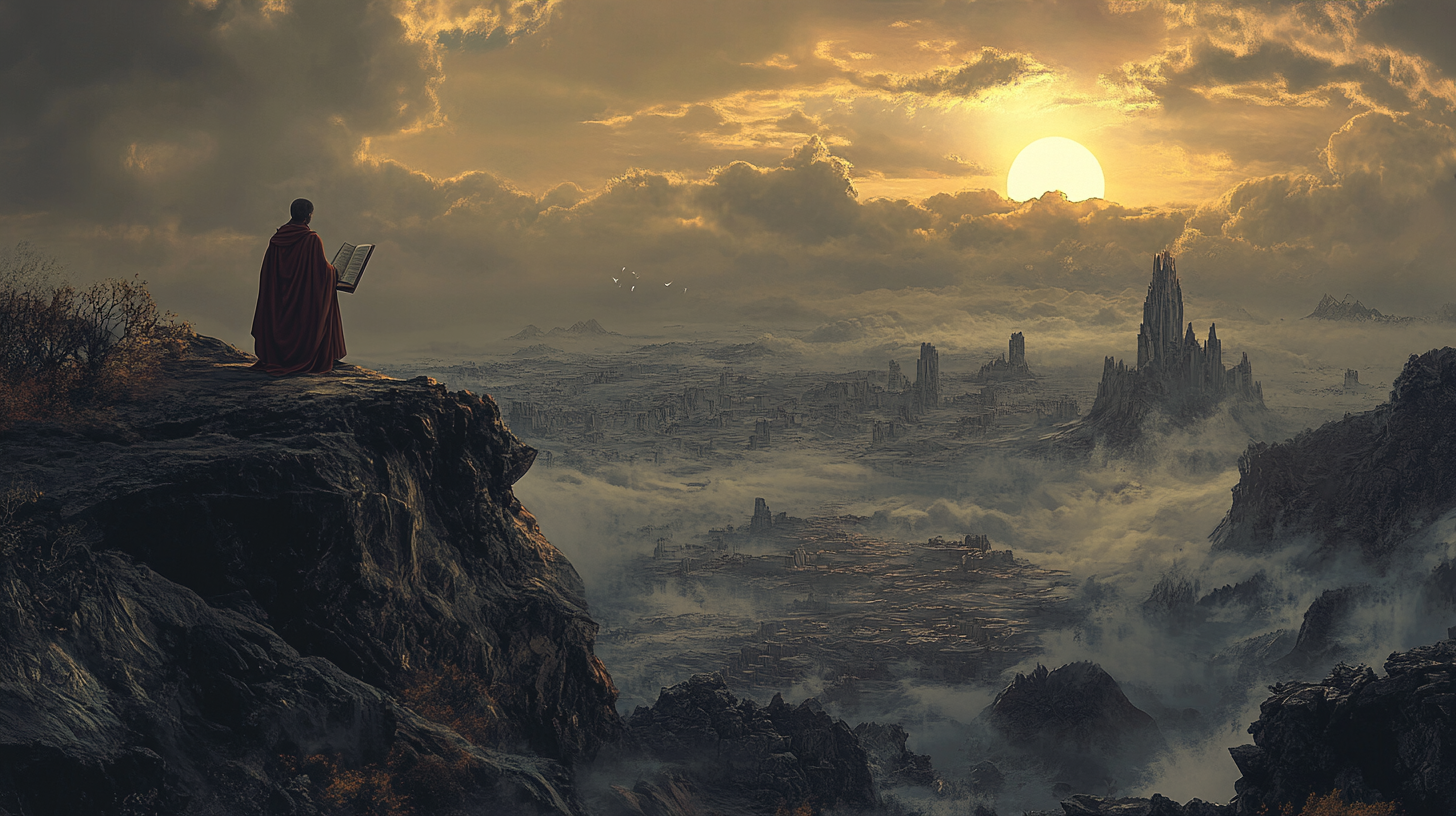
Miller's prose is spare and exact. He builds his world with quiet authority. Every detail serves a purpose.
The themes of the novel—faith, knowledge, repetition, and responsibility—are not bound to its era. They speak just as clearly today. The rise and fall of ideas, the temptation to discard the past, the hunger for power over patience—all of it feels familiar.
What sets "A Canticle for Leibowitz" apart is its moral clarity. It does not offer easy hope. But it offers the possibility of endurance.
This is a book that does not lose its meaning on a second or third reading. It deepens. It invites thought, and it rewards silence.
For readers of serious science fiction, Miller's novel is essential. Not because it is famous. Because it is true in the way that only fiction can be.
The story it tells is not one of escape. It is one of return. Return to questions we would rather not ask.
"A Canticle for Leibowitz" does not predict the future. It reminds us of what the past has already told us. And it asks whether we have truly listened.

